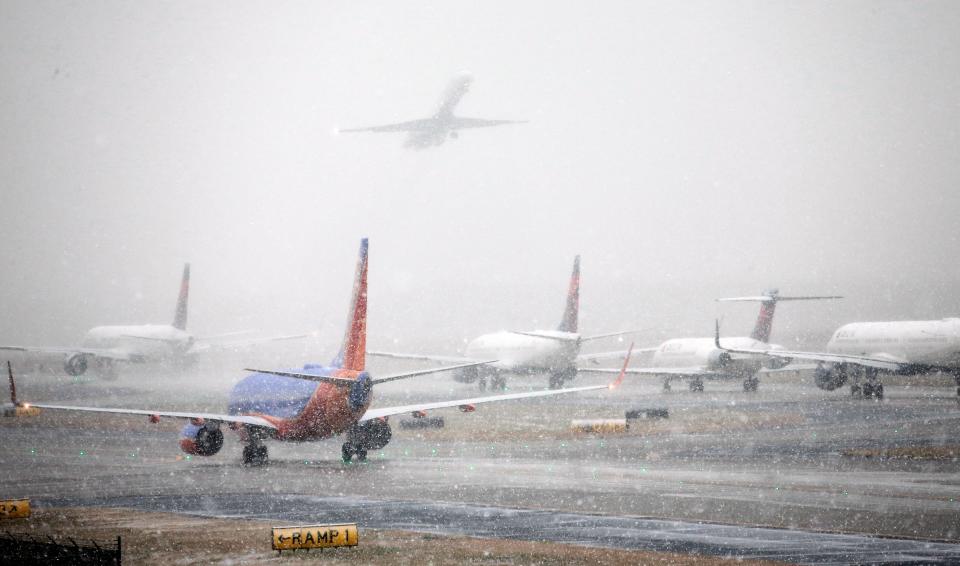Ask the Captain: Why would an airline fly a plane with just one passenger?
Question: Last week, a Delta passenger got his flight all to himself. Public relations bonanzas aside, that seems like a money-losing move for the airline. How do they decide whether it's worth it to fly a near-empty plane? Does there need to be a minimum number of passengers?
Answer: The decision to fly an empty plane is actually based on a lot more than headcount. Airlines also factor in maintenance schedules, the next day's flights, weather-induced logistical chances and cargo.
Here's more on how those variables influence their strategies.
This flight may be empty but tomorrow's is full: Having a low number of passengers on some flight is expected because the primary reason for the flight is to reposition the airplane for the morning departure. Some late-night flights from hubs to small cities are routinely very lightly booked, but the next morning's flight is usually sold out. Flying the near-empty late-night flight makes sense when you look at the combined two-flight revenue generation.
Delta passenger gets flight all to himself: Man shares epic video of personalized experience
Empty cabin, full cargo bay: An additional consideration is the freight being carried in the cargo holds. On some flights, a light passenger load is expected but the cargo holds are full. Revenue from that cargo can more than pay for the flight.
Mandatory maintenance: Airlines schedule airplanes, flight crews and maintenance months in advance. Each airplane moves through a preplanned route allowing maintenance to be performed at pre-planned intervals, often overnight. Flight crews then are scheduled to meet the airplane throughout its route. It is a symphony of motion, each part being essential to the success of the overall project.
Weather-wrought havoc: When a disruption occurs, such as weather or a mechanical problem, the airplane is routed back to its original route as soon as possible to minimize the effect on the overall operation.
Once, following a large snow storm in the midwest, we flew one passenger from our hub in Dayton, Ohio, to a small city very late one night. We were running hours behind due to the weather and most of our connecting passenger were still in the northeast fighting snow. So we flew our lone passenger home in the early hours of the morning so the airplane would be there for the morning departure just as the crew and passengers expected.

Question: So how much does it cost to fly one person?
Answer: The cost for the recent flight with one passenger depends on what you include in the analysis. The cost of the crew, fuel and maintenance is known as direct operating cost and is relatively low. If you include the fixed costs including the cost of the airplane, maintenance teams, dispatchers, building, management, advertising and other factors to the overall cost, it is much higher.
Question: How common are these types of cancellations?
Answer: Some passengers believe that airlines cancel flights when they are lightly booked. Sometimes, it does make sense to cancel a lightly-booked flight and use the airplane to fly a heavily-booked flight to move the most people to their destination. Those decisions are never easy and do not happen often.
In general, cancellations are actually very rare and usually only happen when a heavily booked airplane has a mechanical problem.
John Cox is a retired airline captain with US Airways and runs his own aviation safety consulting company, Safety Operating Systems.
This article originally appeared on USA TODAY: Ask the Captain: Why fly a plane with just one passenger?

